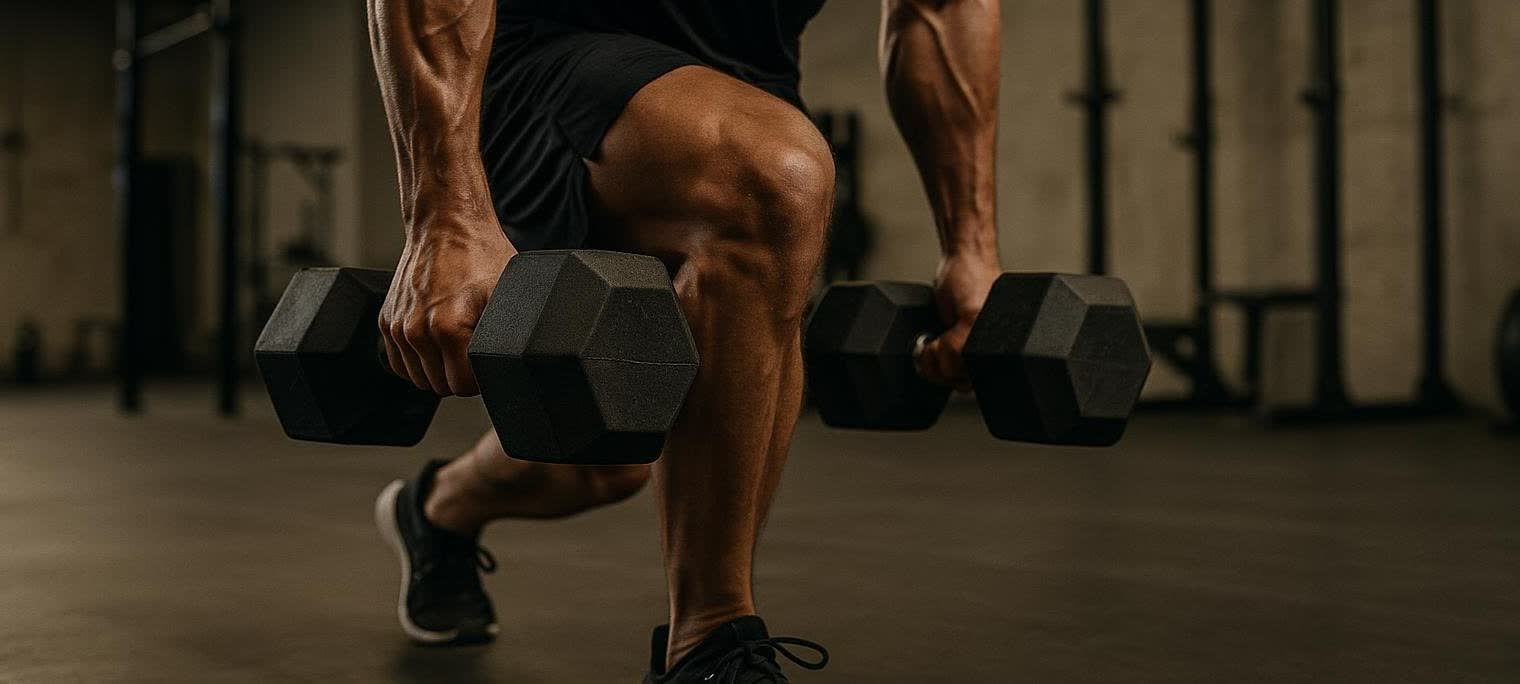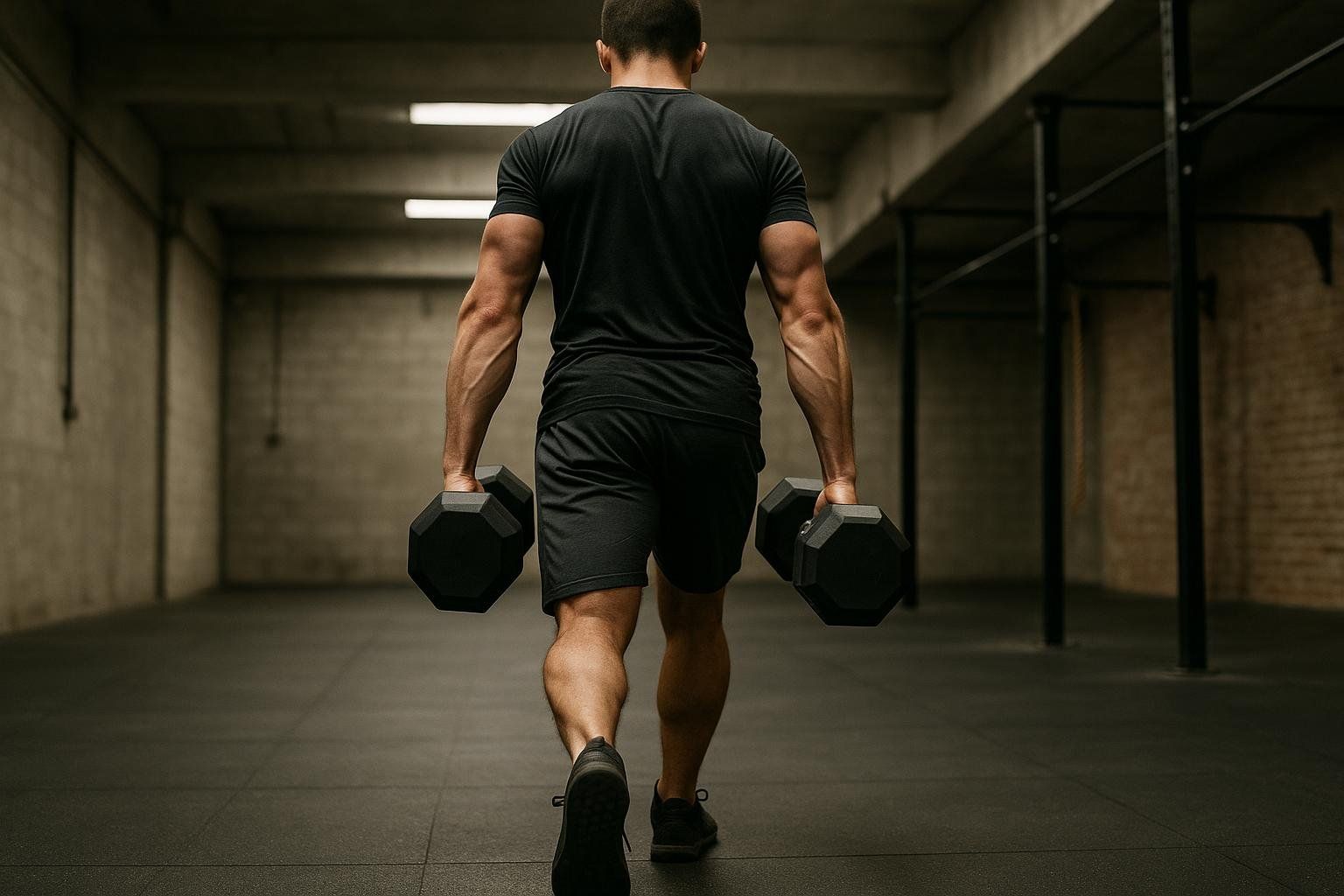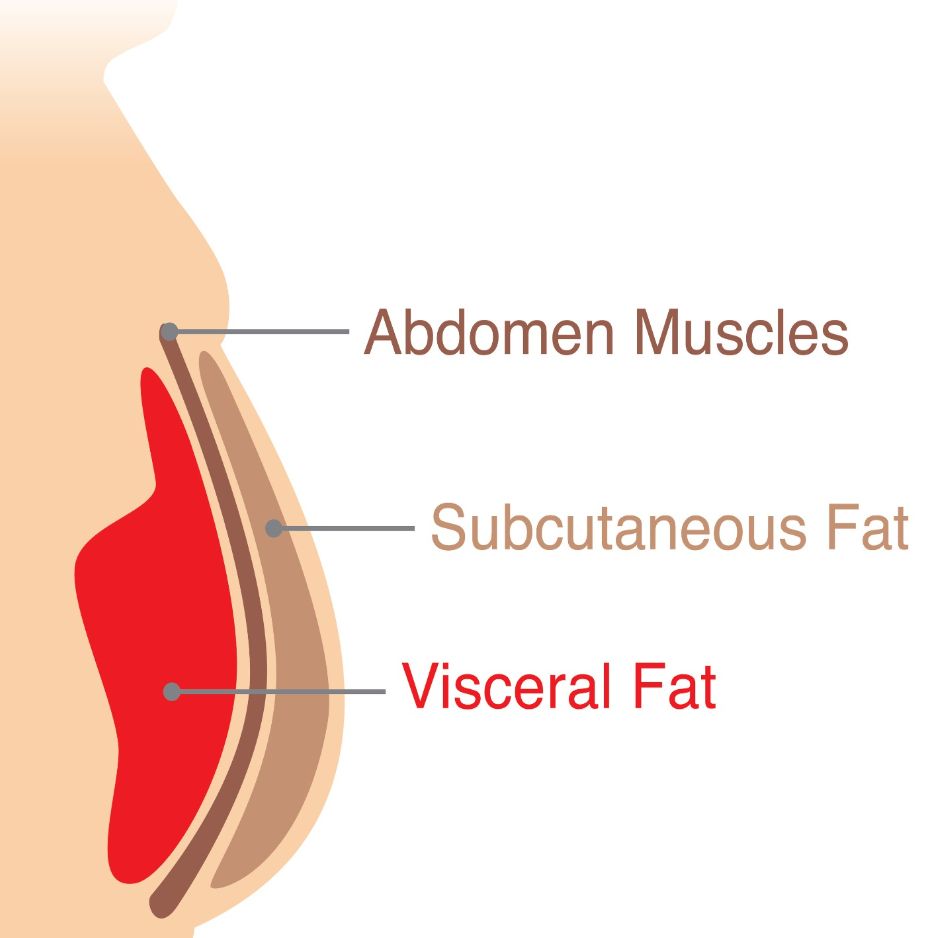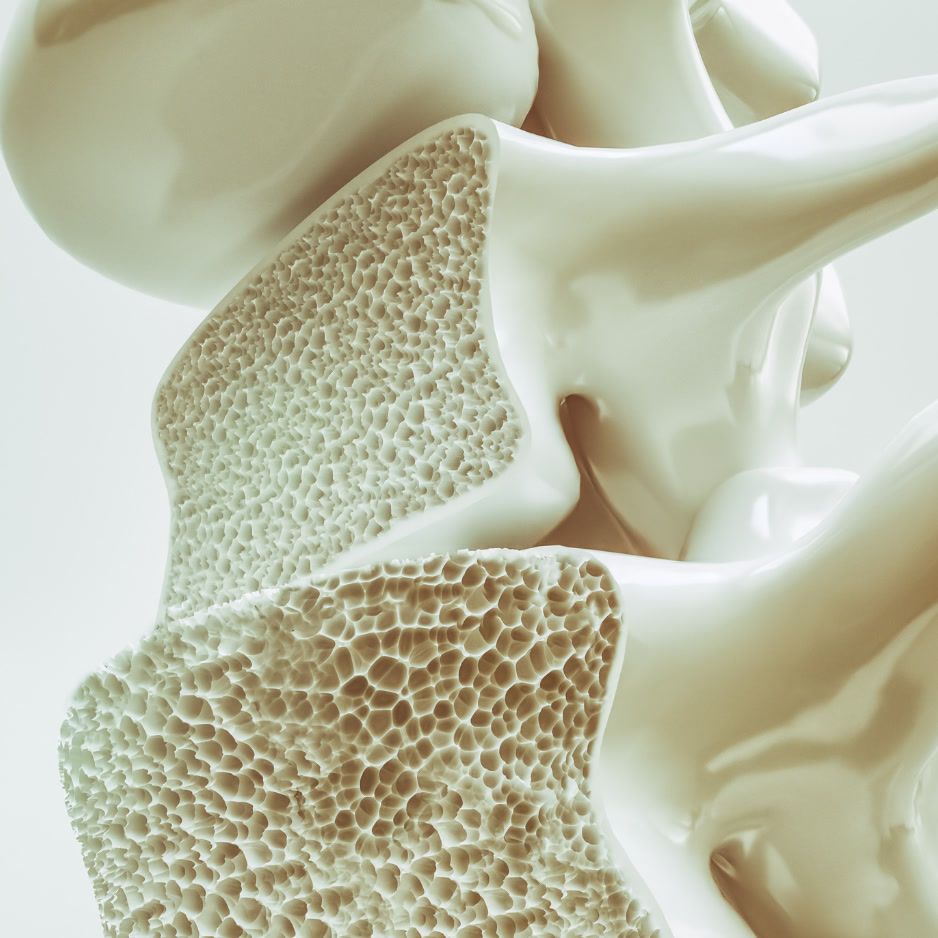Average Grip Strength by Age: Testing and Improvement Guide

Average Grip Strength by Age: How to Test & Improve
If you’ve tested your handgrip with a dynamometer and wondered “Is my score good?”, you’re in the right place. This guide provides clear data on average grip strength by age and sex, evidence-based cutoffs for “weak” grip, a step-by-step testing protocol, and a 4-week plan to improve your grip strength.
Quick answer (what most people search for):
- Average peak grip strength: about 50 kg for men and 30–35 kg for women in early-to-mid adulthood, based on large U.S. and European datasets (NIH Toolbox norms and German SOEP norms).
- “Low” grip strength cutoffs used in clinics: <27 kg (men), <16 kg (women), consistent with the updated European consensus on sarcopenia (EWGSOP2).
- Testing tip: Use the same setup every time; take three hard squeezes per hand and track the mean (SRALab protocol).
Why grip strength matters for your health
- Lower grip strength predicts higher risk of early death. In the 142,000-person PURE study, every 5 kg drop in grip was linked to higher all-cause and cardiovascular mortality (The Lancet, 2015).
- A recent review calls grip strength a potential “new vital sign” because it tracks with metabolic health, function, hospitalization risk, and quality of life across ages (Narrative review, 2024).
In plain English: your hands offer a fast snapshot of whole‑body strength and healthy aging.

What counts as a weak grip?
- Clinical cutoffs used to flag low strength:
- Men: <27 kg
- Women: <16 kg
These thresholds indicate probable sarcopenia and merit follow‑up testing and training (EWGSOP2).
- Context matters: Age, height, and hand size influence scores. Falling well below the average for your age/height group is a warning sign (German SOEP norms).
- For meaningful tracking: Compare your score to age‑ and sex‑specific percentiles, then re‑test monthly using the same device and setup to watch your trend.
Grip strength averages from major studies
Grip norms vary by device, protocol, and population, so use them as reference points rather than hard rules. Key patterns across large datasets include:
- Grip strength typically peaks in early to mid‑adulthood and gradually declines after about age 40 (SOEP).
- Men score higher than women on average (NIH Toolbox; NHANES vs. NIH comparison).
- The dominant hand is usually stronger than the non‑dominant hand (NIH/NHANES comparison).
| Study/Population | Metric | Average (Men) | Average (Women) |
|---|---|---|---|
| United States — NIH Toolbox (2018) | Mean dominant‑hand grip, ages 25–29 | ≈ 49.7 kg | ≈ 31.5 kg |
| Germany — SOEP Study (2016) | Mean grip, peak age groups | ≈ 54 kg | ≈ 34.5 kg |

What this means for you
- Men in their 30s–40s: a single‑hand max in the high‑40s to low‑50s kg is typical in large datasets.
- Women in mid‑adulthood: a single‑hand max around 30–35 kg is common. Expect a gradual decline with age. Your exact number will vary with height, training, and device.
How to measure grip strength correctly (step‑by‑step)
Follow a standardized setup to get reliable, comparable results:
- Equipment
Use a calibrated hand dynamometer (e.g., Jamar). Set the handle to the recommended second position for most adults (SRALab protocol). - Body position
Sit upright, feet flat. Shoulder relaxed at your side, elbow at 90°, forearm neutral, wrist straight/slightly extended. Don’t rest your arm on the chair or body (SRALab). - Warm‑up
Do 1–2 practice squeezes per hand. - Testing
Perform three maximal 2–3 second squeezes per hand, alternating sides. Rest 30–60 seconds between attempts. - Scoring
Record each trial. Use the mean of three trials per hand as your score and repeat the same protocol each time (SRALab).
4‑week grip strength improvement plan
A realistic aim is to improve your mean‑of‑three score or total hold time over 4 weeks.
Disclaimer: Always talk to your healthcare professional before starting a new exercise program—especially if you have a history of hand, wrist, elbow, shoulder, or cardiovascular issues.
Your Weekly Training Split (2–3 sessions/week, non‑consecutive days)
- Workout A: Heavy Holds & Crushing
- Heavy bar hangs or assisted hangs: 4 × 20–40 sec
- Captains of Crush or equivalent gripper: 4 × 5–8 reps/hand (2–3 sec squeezes)
- Plate pinches (two smooth plates): 4 × 15–30 sec/hand
- Workout B: Support & Pinch Strength
- Farmer’s carries (dumbbells or trap bar): 4 × 30–50 m heavy
- Block or pinch‑grip lifts (if available): 4 × 5–8 reps/hand
- Wrist flexion/extension with dumbbells: 3 × 12–15 each direction
- Optional Workout C: Volume & Endurance
- Towel pull‑up hangs or towel rows: 4 × 10–30 sec
- Rice‑bucket pronation/supination or hammer rotations: 3 × 15–20/side
Progression
- Week 1: Challenging but controlled; finish with 1–2 reps in reserve.
- Week 2: Increase weight/time by 5–10%.
- Week 3: Add another 5–10%; add 1 set to your weakest lift.
- Week 4: Keep weight the same; either beat last week’s total time or reps, or do the same workout with slightly shorter rests—pick one focus.

Testing cadence
- Test at baseline and end of Week 4 using the same device and protocol. Retest monthly to keep gains trending.
Our complete guide to grip strength exercises offers more variations.
FAQs
Which hand should I test?
Both. The dominant hand is usually stronger, but tracking both shows imbalances (NIH/NHANES comparison).
Do height and hand size matter?
Yes. Taller individuals and those with larger hands often score higher. Some norms adjust for height (SOEP). Keep your dynamometer setting consistent when comparing.
How long should I squeeze?
A 2–3 second maximal squeeze reliably captures peak force without excessive fatigue under clinical protocols (SRALab).
Can general strength training improve grip?

Absolutely. Deadlifts, rows, pull‑ups, and carries build support strength; grippers, hangs, and pinches target the forearms and hands directly. Pair both for best results by incorporating movements from our grip strength exercise guide.
How BodySpec fits in: track the muscle behind your grip
Grip strength is a powerful proxy for whole‑body capacity, but muscle mass is a primary determinant of force production. A BodySpec DEXA scan helps you track changes in total and regional lean mass alongside fat mass—so you can see if your training is building the muscle that powers a stronger grip. Learn more about what makes DEXA scans the gold standard for accuracy, and find out how to prepare for your BodySpec scan.
If low grip strength is a concern—especially with aging—see our complete guide to sarcopenia (age‑related muscle loss).


